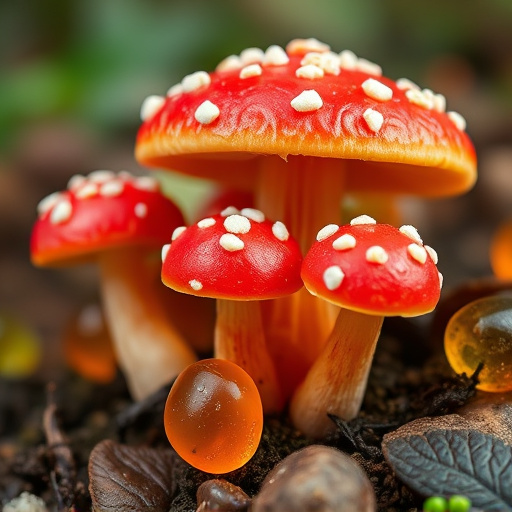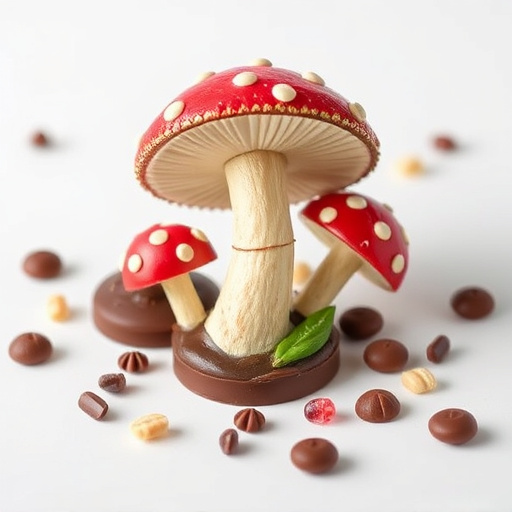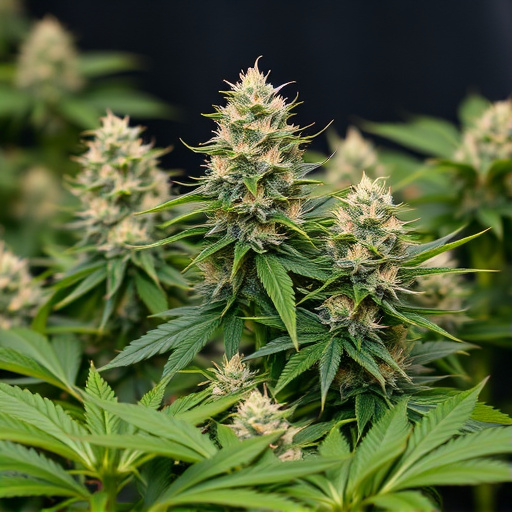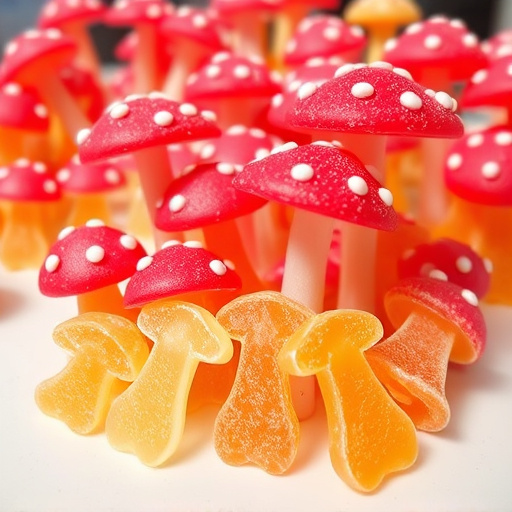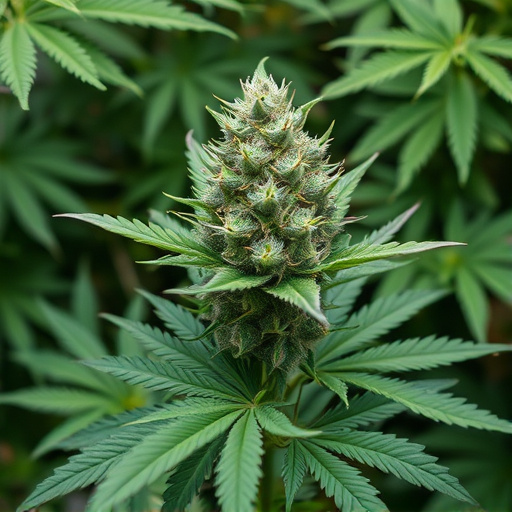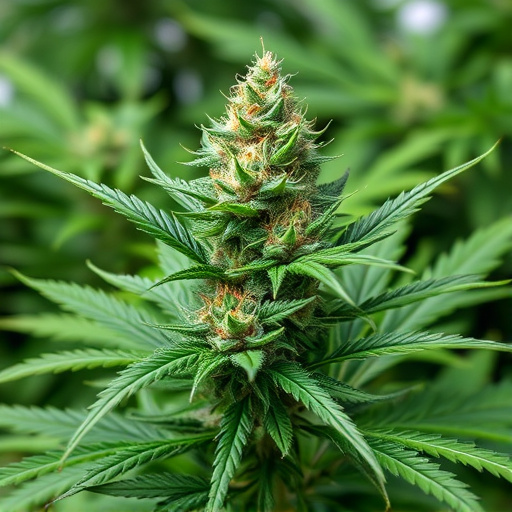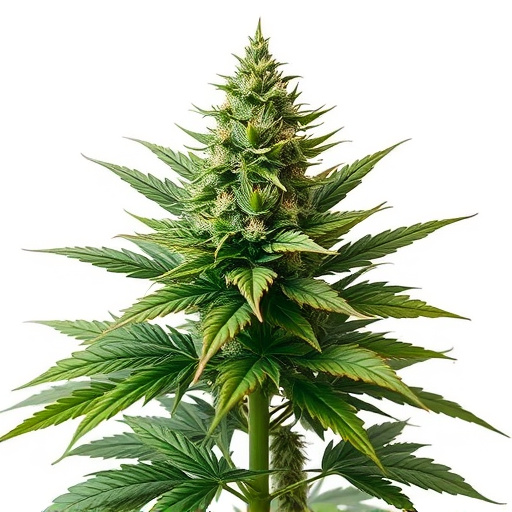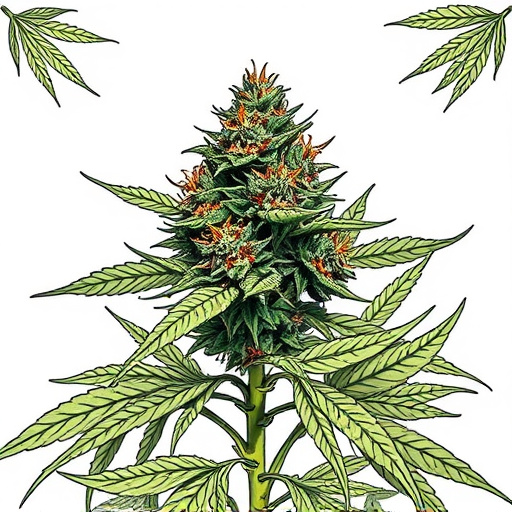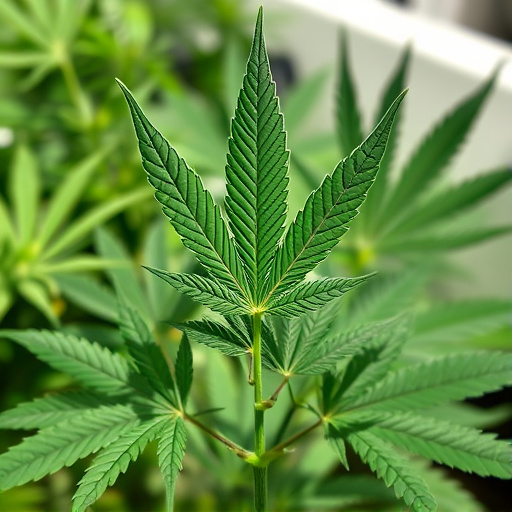Cannabis dryness significantly impacts terpene and cannabinoid profiles, affecting strain integrity, sensory experiences, and therapeutic benefits. Cultivators must maintain optimal humidity levels to preserve original strains' unique properties, ensuring consumers receive consistent high-quality products. Exploring landraces like Thai, Afghan, and Mexican uncovers distinct terpene compositions and cannabinoid levels that form the basis for modern cannabis breeding. Proper storage in airtight containers with controlled humidity (40-60%) prevents drying and degradation. Different consumption methods, including vaping and edibles, offer varied experiences, with precise dosing essential. Decarboxylation enhances bioavailability regardless of method chosen.
Can you smoke overly dry cannabis? This guide explores a critical yet often overlooked aspect of cannabis consumption. Understanding cannabis dryness goes beyond mere preference; it delves into the science behind terpene and cannabinoid interactions. We dissect original strains of cannabis, examining their natural characteristics that contribute to variability in moisture content. Learn practical strategies to avoid overly dry cannabis and discover optimal consumption techniques for enhanced enjoyment and potential health benefits.
- Understanding Cannabis Dryness: The Science Behind It
- Original Strains of Cannabis: A Look at Their Natural Characteristics
- Strategies to Avoid Overly Dry Cannabis and Tips for Optimal Consumption
Understanding Cannabis Dryness: The Science Behind It

Cannabis dryness isn’t merely an aesthetic concern; it delves into the intricate science behind the plant’s composition and behavior. Cannabis, like many plants, contains a range of chemical compounds known as terpenes and cannabinoids that contribute to its unique properties and effects. These compounds are sensitive to environmental factors, particularly humidity. When cannabis is allowed to dry out excessively, several changes occur at a molecular level. The plant’s natural resins, which protect against dehydration, evaporate, leading to a loss of essential oils and potential changes in the overall profile of the strain.
Original strains of cannabis have distinct characteristics dictated by their genetic makeup and cultivation methods. Excessive drying can alter these delicate balances, affecting both the sensory experience—think aroma, taste, and texture—and the therapeutic benefits associated with different strains. Understanding the science behind cannabis dryness is crucial for cultivators aiming to preserve the integrity of their products and for consumers seeking consistent, high-quality experiences.
Original Strains of Cannabis: A Look at Their Natural Characteristics
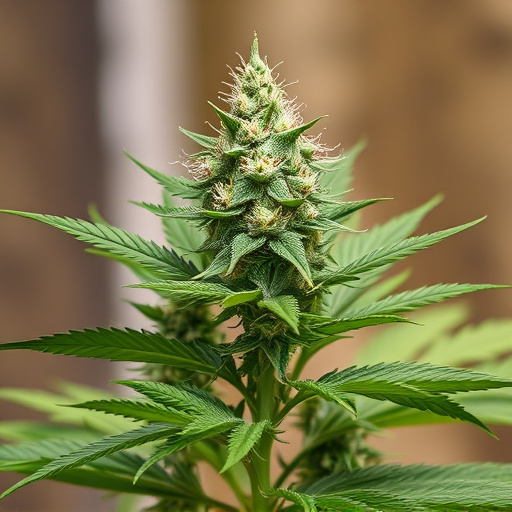
Cannabis, as a plant, has evolved over centuries, leading to a vast array of modern strains with distinct characteristics. However, let’s not lose sight of the original strains that laid the foundation for this diverse industry. The original strains of cannabis, often referred to as landraces, have natural characteristics that are both fascinating and crucial to understanding the plant’s versatility. These landraces, cultivated over generations in specific geographical regions, boast unique terpene profiles and cannabinoid compositions, contributing to their distinct flavors, aromas, and effects.
For instance, original strains like Thai, Afghan, and Mexican varieties are renowned for their high THC levels and potent effects. They often carry earthy, woodsy, or spicy notes, offering a more natural and unaltered cannabis experience. These landraces have been the building blocks for modern breeding programs, where growers aim to enhance specific traits while preserving the plant’s inherent diversity. Understanding these original strains allows cannabis enthusiasts to appreciate the nuances of different varieties and make informed choices based on their unique preferences and desired effects.
Strategies to Avoid Overly Dry Cannabis and Tips for Optimal Consumption
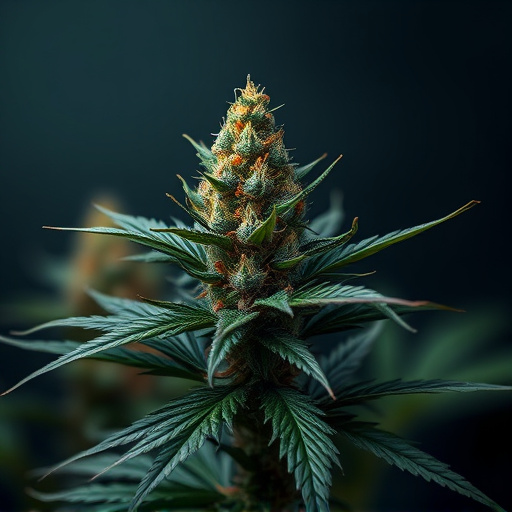
To avoid overly dry cannabis, it’s essential to understand that proper moisture content is crucial for optimal enjoyment and health benefits. One strategy is to store your cannabis in an airtight container at a consistent temperature and humidity level. Many experts recommend keeping relative humidity between 40-60% to preserve the delicate terpenes and cannabinoids present in original strains of cannabis. Additionally, avoid exposing your buds to direct sunlight or extreme temperatures, as these can accelerate drying and degradation.
When it comes to optimal consumption, considering different consumption methods can make a significant difference. Vaping is a popular choice for its convenience and ability to deliver cannabinoids quickly without burning the plant material, which can lead to a drier end product. Edibles offer a longer-lasting experience but require careful dosing as effects can be more intense and prolonged. Decarboxylating your cannabis before consumption also enhances bioavailability, ensuring you get the most from each dose, whether it’s through smoking, vaping, or edibles.
Cannabis dryness is a nuanced topic, with understanding its science key to enjoying optimal experiences. Exploring original strains’ natural characteristics offers insights into their intended consumptions. By adopting strategies to avoid overly dry cannabis and implementing tips for optimal consumption, users can ensure a more satisfying and effective experience. Remember, the right balance of moisture ensures cannabis retains its unique flavors, aromas, and therapeutic benefits.
